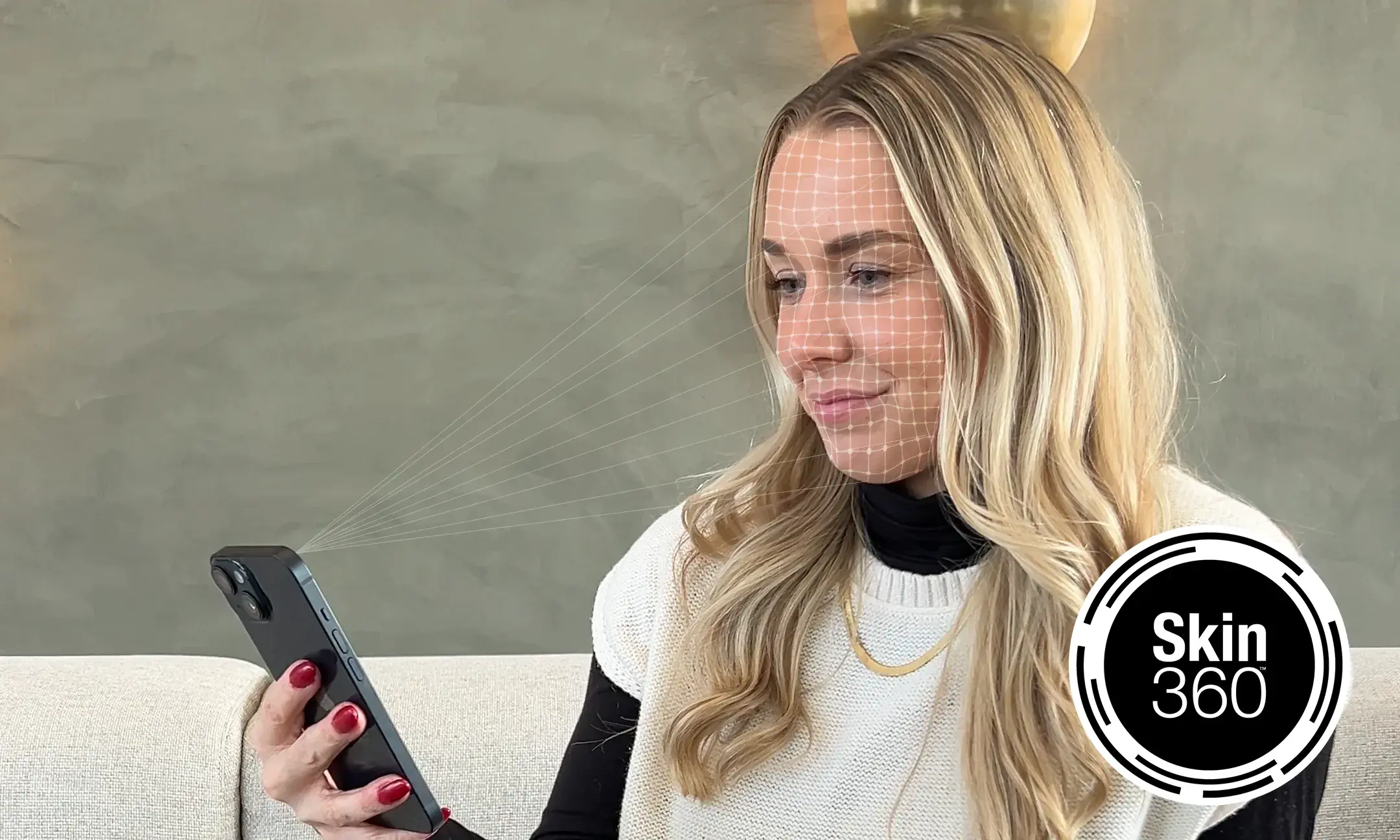What is Vitamin D?
Often called the "sunshine" vitamin, vitamin D is a fat-soluble vitamin essential to the overall health of your body's tissues, including the brain, heart, muscles and skin.
Another role vitamin D plays in the body is maintaining proper calcium and phosphorus levels, which support bone and immune system health.
The three main sources of vitamin D are sunlight, foods and supplements.
What are the uses of Vitamin D?
So, what is vitamin D used for? From bone to skin health, vitamin D is a heavy hitter for your well-being.
Supports bone health
Your bones need vitamin D for healthy growth and remodeling. When you don't get enough vitamin D, your bones can become thin, brittle or misshapen. Maintaining healthy levels of this powerhouse vitamin helps prevent bone conditions, including rickets in children and osteomalacia in adults — both characterized by soft, weak bones. In combination with calcium, getting enough vitamin D can also help prevent osteoporosis later in life.
Where does Vitamin D come from?
Vitamin D comes in two main forms: vitamin D2 (ergocalciferol) — from plant sources — and vitamin D3 (cholecalciferol) — from animal sources and sun exposure.
Your body makes vitamin D when sunlight, specifically UVB rays, hits your skin, triggering your body's natural vitamin D synthesis. While there's a limit to how much vitamin D you should take through dietary sources and supplements, Healthline explains it's impossible to "overdose" on vitamin D through sun exposure. Your body naturally adjusts synthesis based on your needs.
The National Institutes of Health Vitamin D Fact Sheet for Health Professionals states you can get vitamin D through a diet rich in fatty animal-based foods like fatty fish — including salmon, tuna and mackerel — egg yolks, cheese and cod liver oil. Many dairy products, cereals and juices are also fortified with vitamin D. UV-treated mushrooms can boost your sunshine vitamin levels, too. You can also get vitamin D through dietary supplements.
How to incorporate Vitamin D into your skincare routine
Sun exposure
You can boost your vitamin D levels via sun exposure, but take a few precautions to minimize the associated risks. If you have lighter skin, minimal exposure (around 10 to 30 minutes a few times a week) while wearing broad-spectrum sunscreen is generally sufficient to maintain healthy vitamin D levels while minimizing skin damage risk. If you have darker skin, you may need more. Your location, the season and the time of day also play a role in vitamin D synthesis.
Ultimately, the risks of unprotected or excessive UV exposure aren't worth the potential vitamin D boost. So, always practice sun safety measures.
Vitamin D-rich foods
Incorporating foods with vitamin D into your diet is the best way to maintain healthy levels without risking sun damage. If you're concerned you're not getting enough vitamin D through your diet, talk to your health care provider about a supplement.
Vitamin D skincare
Add vitamin D-infused skincare products, like vitamin D serum or moisturizer, to your routine for targeted skin benefits. Look for "ergocalciferol" or "cholecalciferol" on product labels. Boost your regimen with other skin-nourishing ingredients like vitamin C and hyaluronic acid to double up on this ingredient's antioxidant and hydration power.





